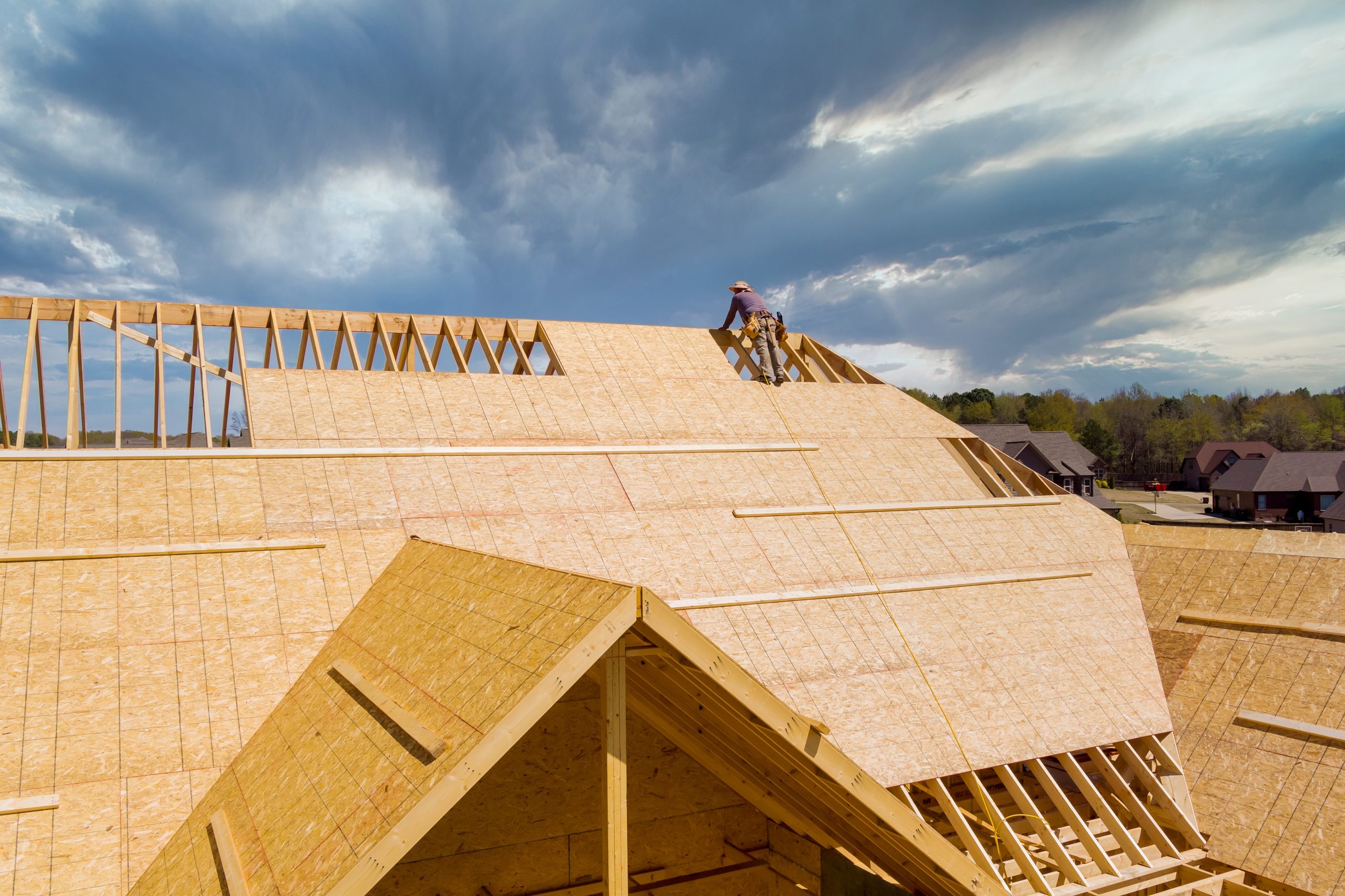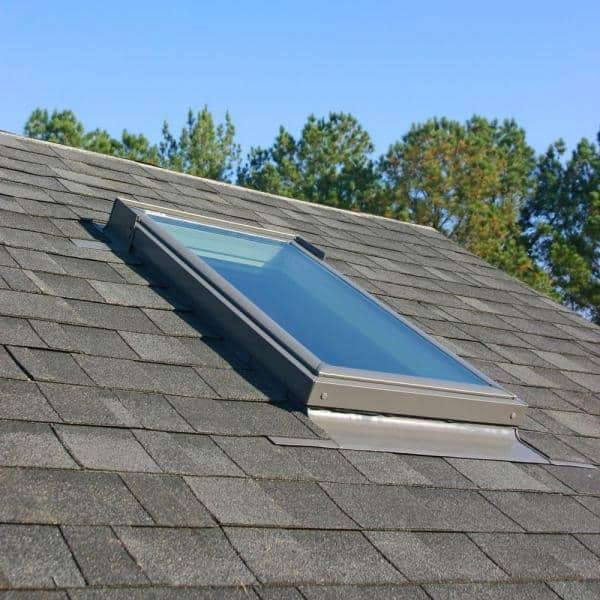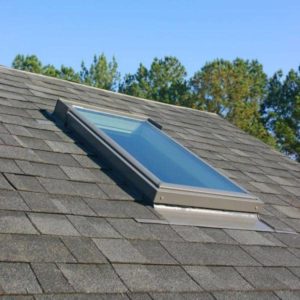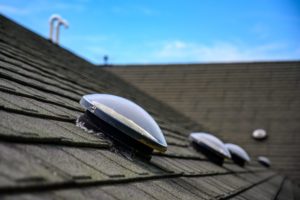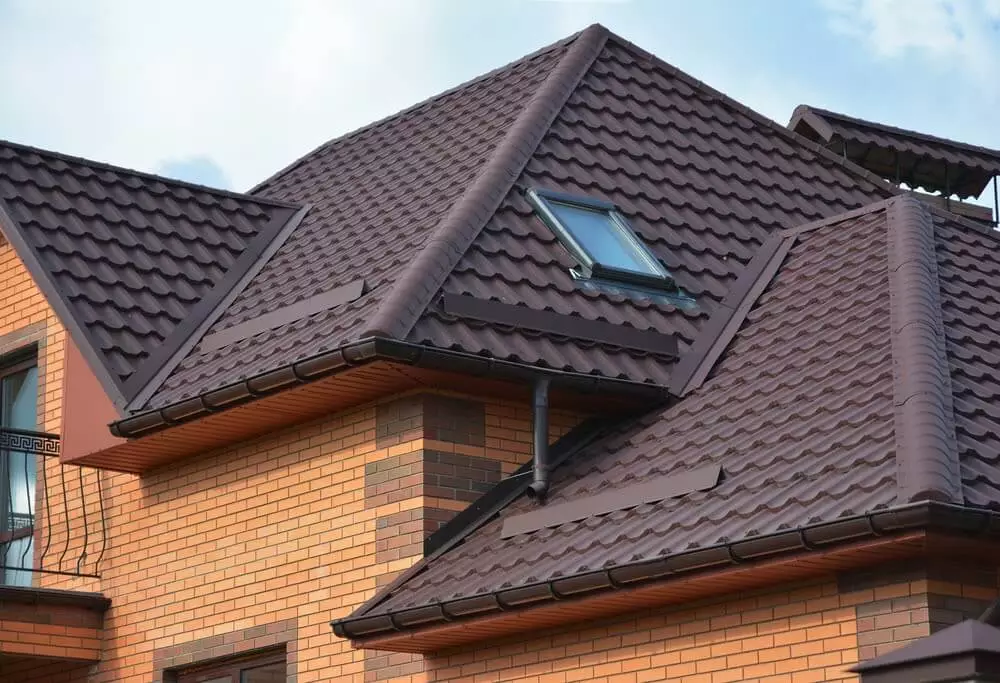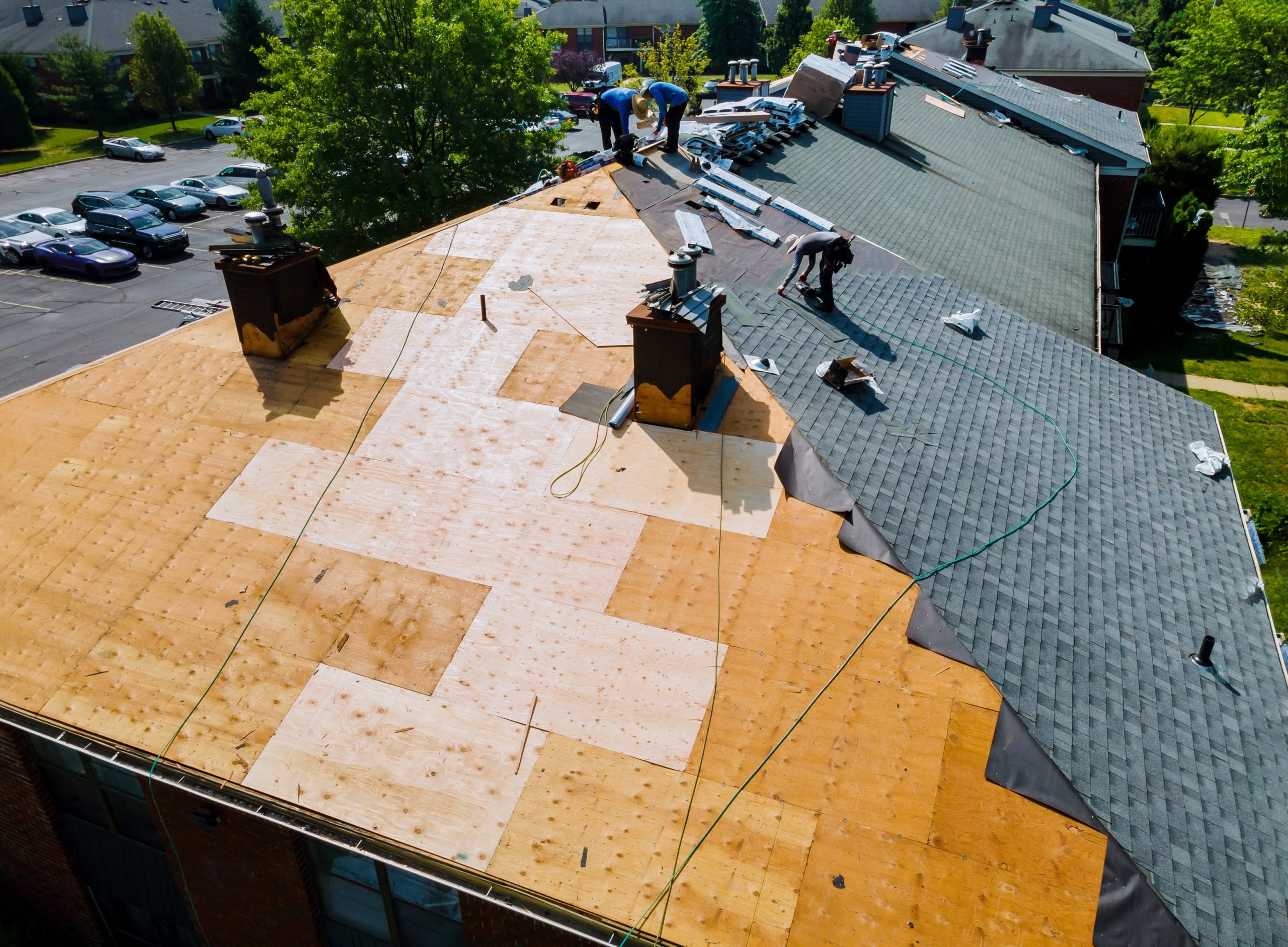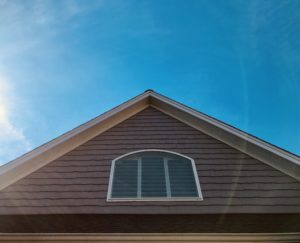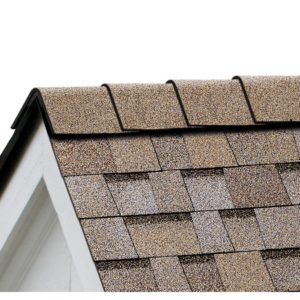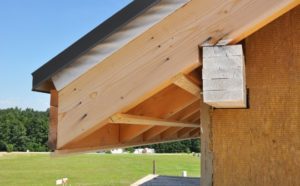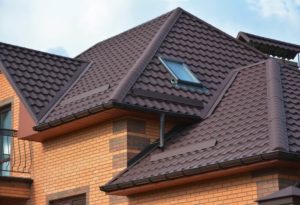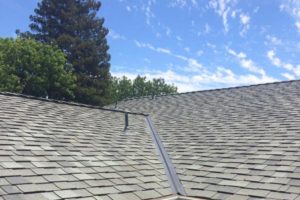When it comes time to roof your home, you have many options. You can go with a big general contractor for an impersonal experience or choose a friendly local crew specializing in roofing. There are pros and cons to both choices, but in the end, local roofers always come out on top.
Here are 11 reasons why you should choose a local roofer over a big company:
#1 – Superior Workmanship
Local roofers are more invested in their work. They take pride in their craft and it shows in their workmanship. They typically don’t offer too many services and when they do, they’re complimentary to roofing. Big contractors typically offer too many services and they’re forced to outsource to subcontractors where the quality control is lacking.
#2 – More Knowledgable
Local roofers have more experience. Big companies often hire inexperienced roofers and train them on the job. This can lead to mistakes being made that could cost you dearly in the long run. It’s better to hire someone who will do it right the first time, and that’s typically a smaller company.
#3 – Smaller means innovative
Local roofers are more likely to be up-to-date on the latest roofing technology. They stay current with the latest products and techniques so they can offer their customers the best possible service. They know that their reputation and referrals make up a large part of their business, so they can’t afford to fall behind in the times.
#5 – Dependable Warranty
Local roofers usually offer a better warranty than big companies. This is because they stand behind their work and want to make sure their customers are happy. To a bigger company, you’re just another number, to a local roofer, you’re a name to remember.
#6 – Easier to Access
Local roofers are more accessible. If you have a problem with your roof, local roofers are easy to reach and they will come out to fix the problem quickly. Big companies might take months to fix a problem and that’s if they’re willing to acknowledge their faults to begin with.
#7 – Flexible Schedules
Local roofers are more flexible. They can usually work around your schedule to get the job done when it’s convenient for you. Big companies have very tight schedules and if you miss you window, you could be held up in production for months. Ouch!
#8 – They know the area
Local roofers understand the local climate. This is important because they can recommend the best roofing materials and techniques for your area. You wouldn’t want a northwest recommendation from a southeast roofer, they’re totally different demands and requirements. Unfortunately, this kind of problem is very common with large companies.
#9 – Affordability
Local roofers usually charge less than big companies. This is because they don’t have the same overhead costs that big companies do. When you support a local business, you’re not paying for some large fancy office, you’re probably keeping someones lights on.
#10 – Environmentally Conscious
Local roofers are more likely to use green products in their community. They are aware of the environmental impact of roofing materials and they make an effort to use products that are earth-friendly. Big companies buy in bulk, and typically use the cheapest thing they can find.
#11 – Customer Service
Local roofers are typically more friendly and personable. They take the time to get to know their customers and build relationships with them. They understand how important good reviews and referrals are, they know they can’t last if they offer poor service. Big companies are sometimes too big to fail
In Conclusion:
In the end, local roofers are the best choice for your roofing needs. They are more invested in their work, more experienced, and more flexible. They also understand the local climate and can recommend the best roofing materials for your area. So when it’s time to roof your house, be sure to choose local roofers. They’ll take care of you and your roof.
